In America, we take things for granted. We’re all guilty of it, and we all know it. Air-conditioned homes that keep us cool. Also, free wireless internet in every restaurant. Not to mention, clean public restrooms, affordable food, and iPhones. If you took these things away from the general public, then they would cause an uprising. Something you might not think about in this category is outdoor protective footwear.
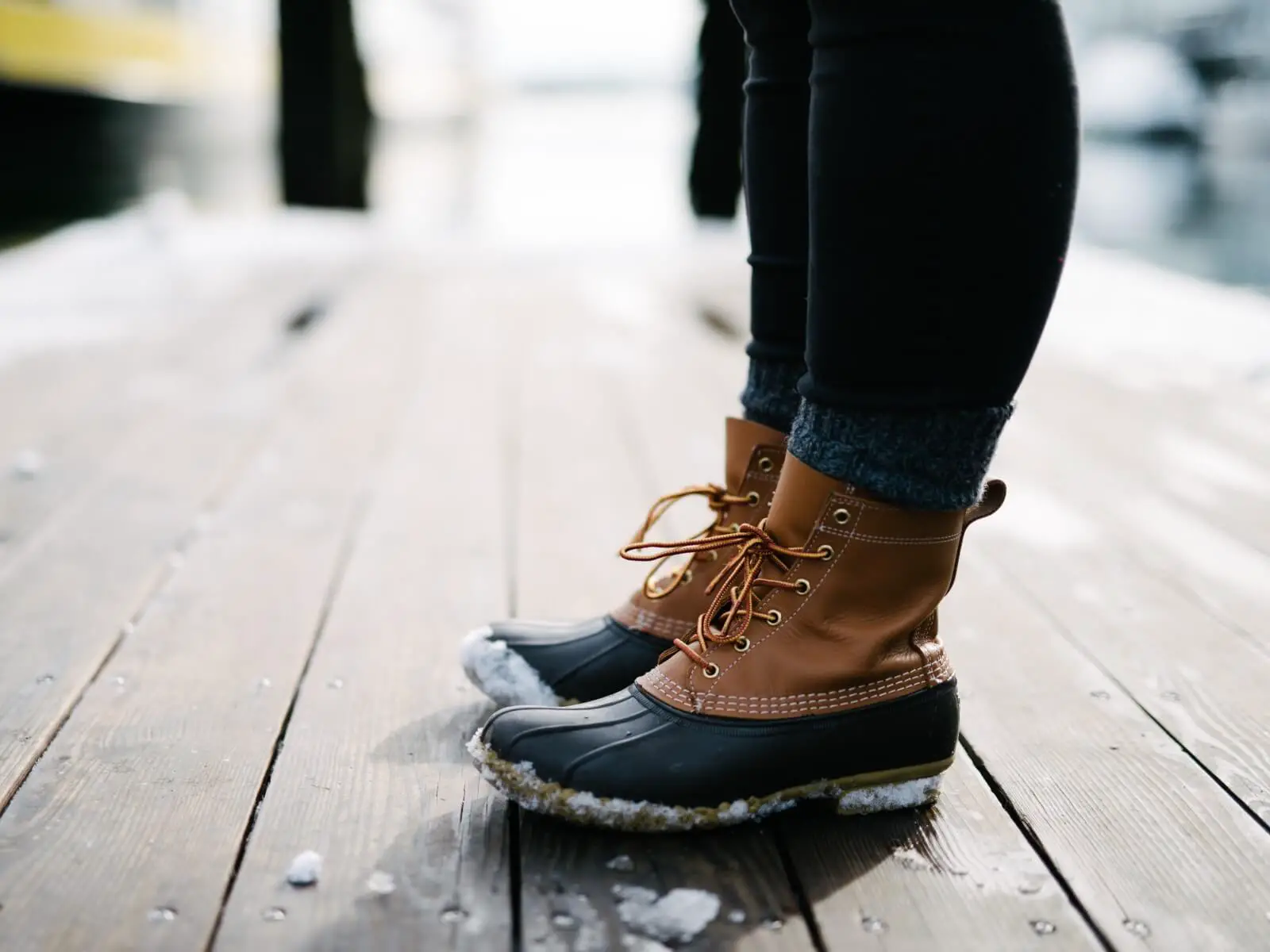
One of the most common items taken for granted in first world countries is our access to high-quality footwear, however. Take a minute to look down at what you’re wearing. Unless you just have a pair of $5 flip flops on, you can guarantee that hundreds of hours of research and design went into creating the final product that you walk around in everyday.
This is especially true when it comes to protective outdoor footwear. There are over 26 separate bones, 33 joints, and 100 muscles and tendons in each foot, which means that there out countless ways in which you could possibly injure them.
Ancient History
Early cavemen probably had naturally thick skin developed from years of running across rough terrain. However, one smart person came up with the idea they could use the skin from animals to cover their feet. This helped protect them from the elements. Thus began the history of protective outdoor footwear.
The oldest pair of woven footwear dates back almost 12,000 years, and the oldest pair of boots dates back to around 3,000 B.C. Needless to say, what you have on your feet now is the product of a lot of development.
Semi-Modern History
Some say the First World War triggered this sudden need for protective footwear. Soldiers were marching for miles through unfamiliar terrain, wading through muddy trenches, and running through rubble.
In this grueling environment, the last thing that they needed was soldiers suffering from trench foot, gangrene, and other infections from soaking wet feet. The US Government put out a contract to create the protective boots that would keep their soldiers in top condition. These boots would have to last for years, keep feet dry, and provide adequate support to prevent foot and ankle injuries.
Fast-forward to World War II and the Vietnam War and the government gave out similar contracts. Many of the most popular outdoor boots today came from the government during war time.
Recent Examples
What about some more modern examples? After the great wars ended, citizens began to spend more time doing things that they liked. This meant spending more time hiking through the mountains, hunting in forests, fishing by the pond. There were also other activities which put them in close proximity to wildlife, water, and sharp objects. None of these are friendly to bare feet.
Finally, we have more recent examples of technology developed to protect your feet.
Gore-TEX
Wilbert Gore and his son Robert invented Gore-TEX in 1969 to address one of the most common problems in boots: waterproofing. He discovered that by stretching heated rods of Polytetrafluoroethylene that he could create a breathable material that was both waterproof and breathable.
Gore-TEX fabric has 1.4 billion pores per square inch, which means that it’s impervious to water, but still allows air to flow through keeping your feet from getting hot and sweaty. This was revolutionary to the development of military tactical boots and outdoor hiking and hunting boots alike.
Vibram
Vitalie Bramani created the Italian company Vibram. He was an avid mountaineer and spent all of his free time with his friends hiking through the Alps on epic adventures. One fateful day, however, six of his best friends died in a freak accident caused by their boots slipping.
Driven to prevent this tragedy from ever happening again, Vitalie locked himself in his workshop and set out to develop a sole that was slip-proof and could provide adequate traction even in the harshest of environments. Two years later, he had the product that he wanted created from vulcanized rubber. In addition to inventing some of the world’s best soles, Vitalie also patented the first rubber lug which eliminated the need for metal spikes attached to the bottom of mountaineering boots. These lugs were able to provide the same level of traction without the risk for slipping caused by metal spikes.
Hard Caps
Before you walk on to any construction jobsite, you must wear steel-toe protective boots. Ask anybody who’s ever had the unfortunate experience of a toe-crush injury. They’ll tell you they wished they’d worn their steel-toes.
There are varying levels in protective hard caps which range from light plastic composites that offer protection from small objects or light impacts all the way to the “Fir Tree Level” which can withstand the destructive force of a chainsaw.
The bones in your toes are particularly vulnerable to injury which means that if you’re lifting heavy objects, hanging around environments with dropping objects, or you like to kick doors open, you should be wearing some protective boots.
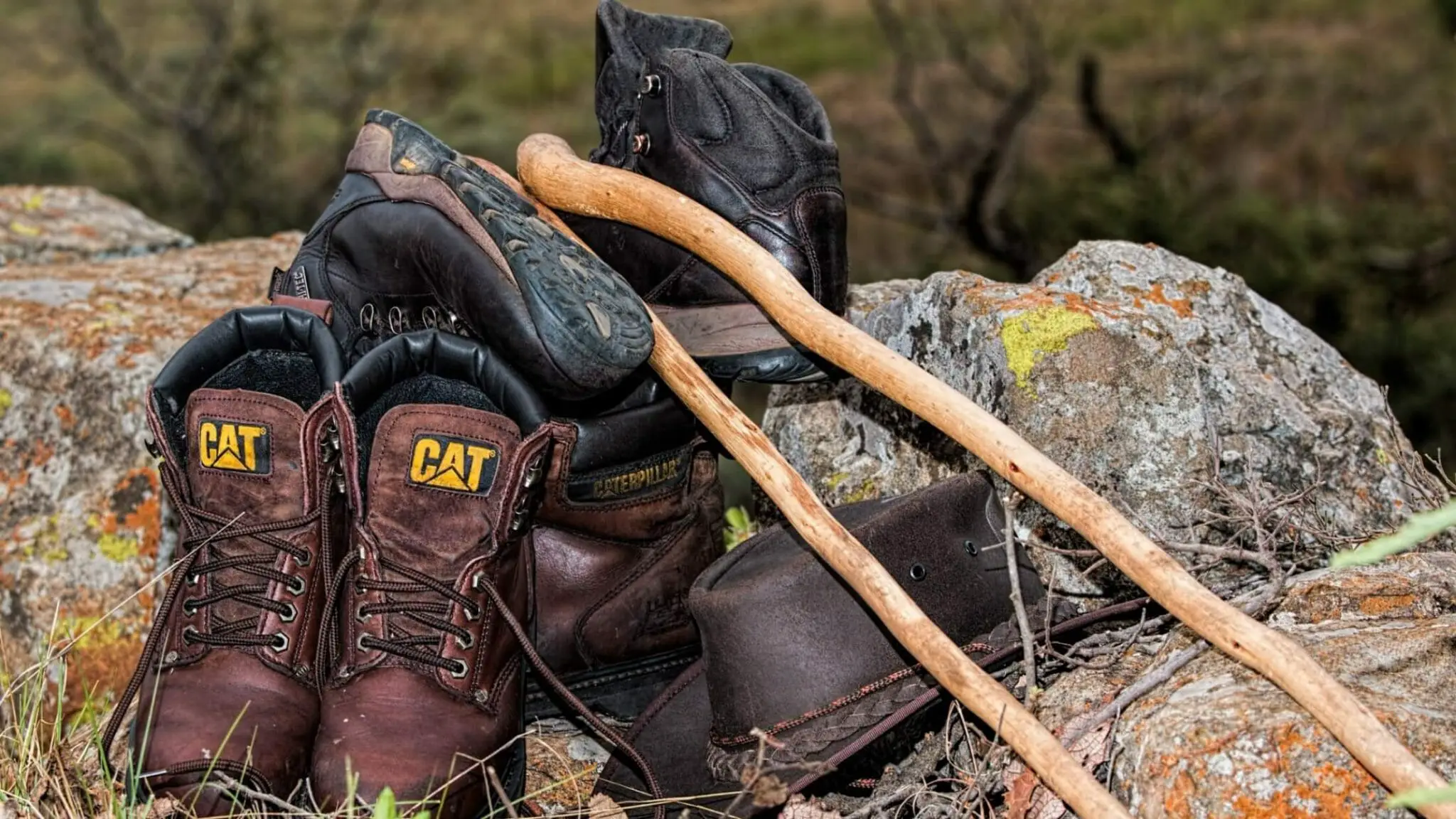
Types of Protective Boots
Let’s wrap up the article by listing some of the most common categories of protective outdoor footwear.
- Snake Boots. Snake boots are waterproof, knee-high boots which are impenetrable by snake fangs. These are a must-have for outdoor hikers and hunters.
- Mountaineering Boots. Mountaineering boots are designed to protect the wearer from the harsh mountain environment. They are slip-proof, waterproof, keep your feet warm, and can take a beating.
- Work Boots. Work boots are usually simple leather or synthetic boots. They feature abrasion-resistant materials and often have a hard toe cap to protect them from falling objects.
- Hiking Boots. Hiking boots are a stripped-down version of mountaineering boots. They are designed to be lightweight, at least partially waterproof, and provide superior traction.
- Tactical Boots. The military originally designed tactical boots. However, today they are commonly seen among hikers, on jobsites, and in law enforcement.
Final Thoughts on Outdoor Protective Footwear
Throughout history, footwear has been used for hunting, loungewear, and for protective purposes. Even though boots have progressed since then, they are still functional and can be worn in any environment.


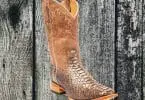
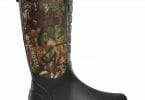
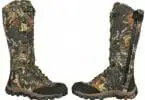
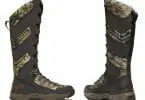
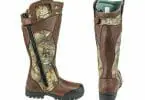
Leave a Comment